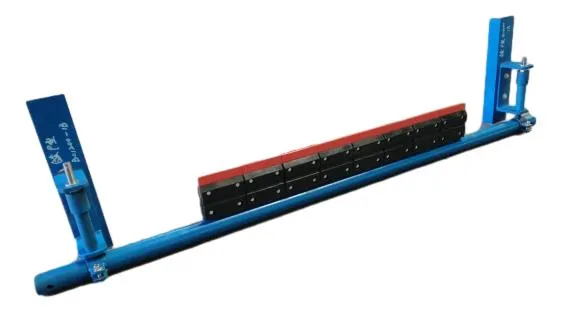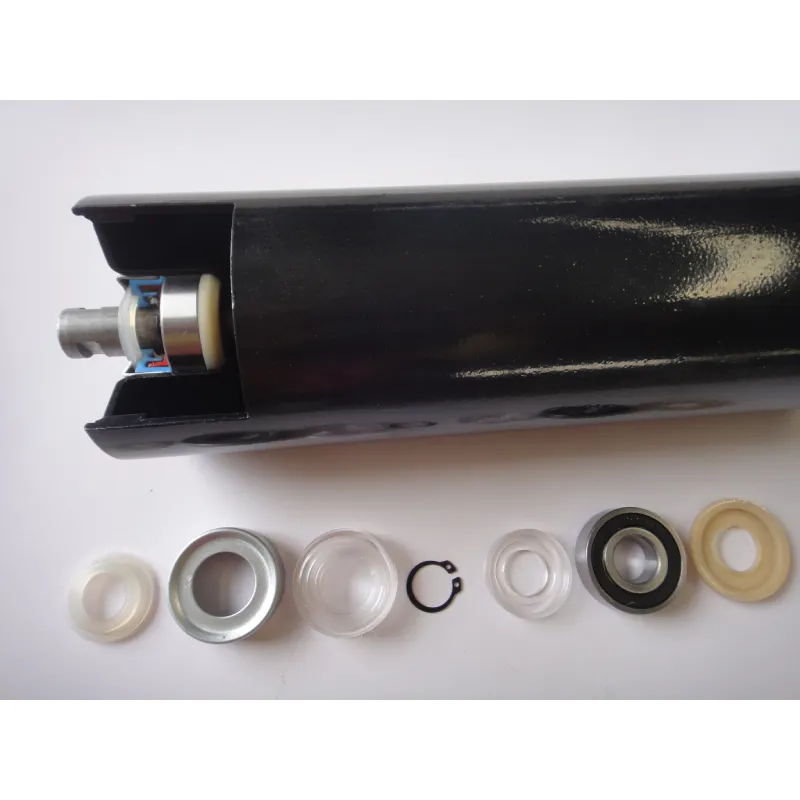 Afrikaans
Afrikaans  Albanian
Albanian  Amharic
Amharic  Arabic
Arabic  Armenian
Armenian  Azerbaijani
Azerbaijani  Basque
Basque  Belarusian
Belarusian  Bengali
Bengali  Bosnian
Bosnian  Bulgarian
Bulgarian  Catalan
Catalan  Cebuano
Cebuano  Corsican
Corsican  Croatian
Croatian  Czech
Czech  Danish
Danish  Dutch
Dutch  English
English  Esperanto
Esperanto  Estonian
Estonian  Finnish
Finnish  French
French  Frisian
Frisian  Galician
Galician  Georgian
Georgian  German
German  Greek
Greek  Gujarati
Gujarati  Haitian Creole
Haitian Creole  hausa
hausa  hawaiian
hawaiian  Hebrew
Hebrew  Hindi
Hindi  Miao
Miao  Hungarian
Hungarian  Icelandic
Icelandic  igbo
igbo  Indonesian
Indonesian  irish
irish  Italian
Italian  Japanese
Japanese  Javanese
Javanese  Kannada
Kannada  kazakh
kazakh  Khmer
Khmer  Rwandese
Rwandese  Korean
Korean  Kurdish
Kurdish  Kyrgyz
Kyrgyz  Lao
Lao  Latin
Latin  Latvian
Latvian  Lithuanian
Lithuanian  Luxembourgish
Luxembourgish  Macedonian
Macedonian  Malgashi
Malgashi  Malay
Malay  Malayalam
Malayalam  Maltese
Maltese  Maori
Maori  Marathi
Marathi  Mongolian
Mongolian  Myanmar
Myanmar  Nepali
Nepali  Norwegian
Norwegian  Norwegian
Norwegian  Occitan
Occitan  Pashto
Pashto  Persian
Persian  Polish
Polish  Portuguese
Portuguese  Punjabi
Punjabi  Romanian
Romanian  Russian
Russian  Samoan
Samoan  Scottish Gaelic
Scottish Gaelic  Serbian
Serbian  Sesotho
Sesotho  Shona
Shona  Sindhi
Sindhi  Sinhala
Sinhala  Slovak
Slovak  Slovenian
Slovenian  Somali
Somali  Spanish
Spanish  Sundanese
Sundanese  Swahili
Swahili  Swedish
Swedish  Tagalog
Tagalog  Tajik
Tajik  Tamil
Tamil  Tatar
Tatar  Telugu
Telugu  Thai
Thai  Turkish
Turkish  Turkmen
Turkmen  Ukrainian
Ukrainian  Urdu
Urdu  Uighur
Uighur  Uzbek
Uzbek  Vietnamese
Vietnamese  Welsh
Welsh  Bantu
Bantu  Yiddish
Yiddish  Yoruba
Yoruba  Zulu
Zulu Feb . 17, 2025 15:35
Back to list
Belt Conveyor Idler
Exploring the Intricacies of Conveyor Idler Specifications
The spacing of idlers along the conveyor belt can significantly impact operational efficiency. Optimal spacing provides adequate support, preventing belt sagging and improving load distribution. However, excessively close spacing can lead to increased operational costs due to higher material and maintenance needs. Engineers must balance these factors to optimize performance and cost-efficiency. One often overlooked, yet vital specification is the idler's capacity to handle specific speed requirements. Conveyor speed is crucial as it dictates the material flow rate, directly affecting productivity. Idlers must be selected based on their ability to support the desired conveyor speed without generating excessive heat or noise, ensuring efficient and quiet operation. Noise levels are an additional consideration in the design and specification of conveyor idlers. Excessive noise can indicate design flaws or operational inefficiencies. Quality idlers are engineered to operate quietly, enhancing workplace comfort and meeting regulatory noise control standards. Conveyor idlers are more than mere components; they are pivotal to the efficient and effective operation of a conveyor system. Understanding the intricacies of idler specifications helps to ensure the design of a conveyor system that meets specific operational and environmental needs. By integrating knowledge of the materials, dimensions, and technical capabilities of various idler types, engineers can devise systems that optimize performance while minimizing downtime and maintenance. Experience and expertise in selecting the right conveyor idler can significantly enhance the operational success of a materials handling system. A robust understanding and application of idler specifications translate into systems that not only meet current demands but are equipped to adapt to future challenges, cementing reliability and efficiency across industrial landscapes.


The spacing of idlers along the conveyor belt can significantly impact operational efficiency. Optimal spacing provides adequate support, preventing belt sagging and improving load distribution. However, excessively close spacing can lead to increased operational costs due to higher material and maintenance needs. Engineers must balance these factors to optimize performance and cost-efficiency. One often overlooked, yet vital specification is the idler's capacity to handle specific speed requirements. Conveyor speed is crucial as it dictates the material flow rate, directly affecting productivity. Idlers must be selected based on their ability to support the desired conveyor speed without generating excessive heat or noise, ensuring efficient and quiet operation. Noise levels are an additional consideration in the design and specification of conveyor idlers. Excessive noise can indicate design flaws or operational inefficiencies. Quality idlers are engineered to operate quietly, enhancing workplace comfort and meeting regulatory noise control standards. Conveyor idlers are more than mere components; they are pivotal to the efficient and effective operation of a conveyor system. Understanding the intricacies of idler specifications helps to ensure the design of a conveyor system that meets specific operational and environmental needs. By integrating knowledge of the materials, dimensions, and technical capabilities of various idler types, engineers can devise systems that optimize performance while minimizing downtime and maintenance. Experience and expertise in selecting the right conveyor idler can significantly enhance the operational success of a materials handling system. A robust understanding and application of idler specifications translate into systems that not only meet current demands but are equipped to adapt to future challenges, cementing reliability and efficiency across industrial landscapes.
Next:
Latest news
-
Revolutionizing Conveyor Reliability with Advanced Rubber Lagging PulleysNewsJul.22,2025
-
Powering Precision and Durability with Expert Manufacturers of Conveyor ComponentsNewsJul.22,2025
-
Optimizing Conveyor Systems with Advanced Conveyor AccessoriesNewsJul.22,2025
-
Maximize Conveyor Efficiency with Quality Conveyor Idler PulleysNewsJul.22,2025
-
Future-Proof Your Conveyor System with High-Performance Polyurethane RollerNewsJul.22,2025
-
Driving Efficiency Forward with Quality Idlers and RollersNewsJul.22,2025
OUR PRODUCTS





























